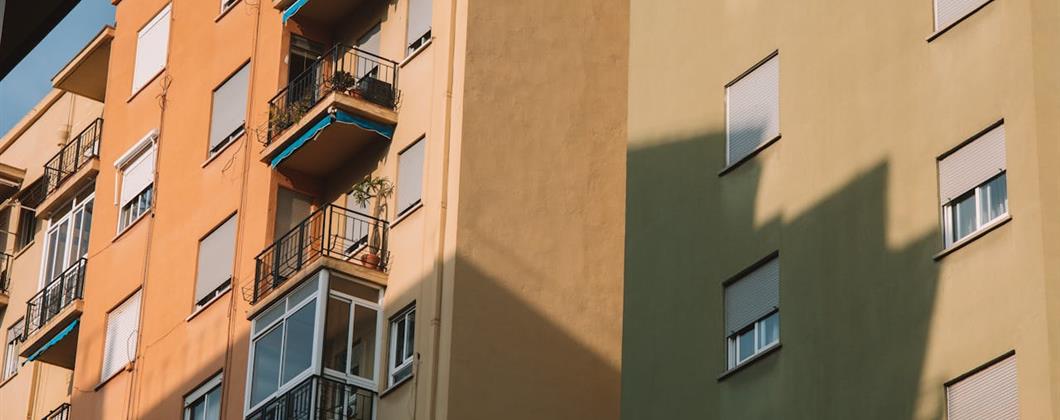Who Is Responsible for Cladding on Blocks of Flats?

Combustible cladding has been a topic of much debate in recent years, with the core concerns revolving around the potential risks it poses. But when it comes down to responsibility, who should bear the costs of ensuring dangerous cladding is removed? Would this fall to the leaseholders of the property, or the freeholder? And what impact would any measures have on the block of flats’ insurance?
Book a Cladding Assessment
First and foremost, it’s crucial to arrange an assessment to determine what level of danger, if any, the cladding poses. Not all cladding is necessarily a cause for concern, and an assessment will determine whether any remedial measures need to be undertaken. If the result of the assessment confirms the combustible cladding is dangerous, it’s essential this is addressed promptly to mitigate against any further risks to the building’s inhabitants.
So, in the event the cladding does need to be remediated or removed, who takes on this responsibility?
Building Safety Act 2022: Clarifying Responsibility
This brings us to the Building Safety Act 2022, which was introduced to provide clearer guidance on the issue of combustible cladding. According to this legislation, the responsibility to bear the costs of remediation depends on the status of both the leaseholder and the building.
If a building is below 11 metres or has fewer than five stories, this wouldn’t be considered as ‘relevant’ under the Building Safety Act 2022 and so the leaseholder wouldn’t receive any protection against remediation costs. The actual liability for these costs would therefore be determined by the terms of the lease. However, due to the smaller nature of these buildings, it may be more appropriate to implement alternative safety measures such as installing sprinklers or fire alarms.
On the other hand, if a building is classed as ‘relevant’ under the act, the issue becomes more complicated. In these situations, the leaseholder’s responsibility for the combustible cladding will depend on whether they are considered to be a ‘Qualifying Leaseholder’.
If the leaseholder is considered to be ‘qualifying’, they are fully protected from all costs associated with remediation. Instead, the building owner – most often the landlord or freeholder – would be responsible for covering these costs. If a leaseholder is ‘non-qualifying’, they may still be fully protected if the building owner is, or is associated with, the developer responsible for the building’s defects. For further guidance on what is classed as a qualifying and non-qualifying leaseholder, view the government’s guidance online.
The Implications for Building Block Insurance
So, how does this affect block of flats insurance? Given the increased risks associated with combustible cladding, insurers are likely to be more stringent about the safety measures in place with buildings. For freeholders, ensuring the building meets the necessary safety standard could therefore mean more favourable insurance premiums.
At Flats Direct, we specialise in block of flats building insurance that can be tailored to meet the unique needs of different properties. This includes conducting an assessment of your property to understand the dangers it may face. If you are unsure or concerned about the presence of combustible cladding on your own block of flats, don’t hesitate to get in touch and we can talk you through the next steps.
For more property risk management advice, or to enquire about our building block insurance, contact us today. Our team have expert knowledge of the latest industry and legal regulations surrounding combustible cladding and will do all they can to help. Call us on 0800 731 6242, email info@flatsdirect-uk.com, or fill out our quick block insurance online quote.

